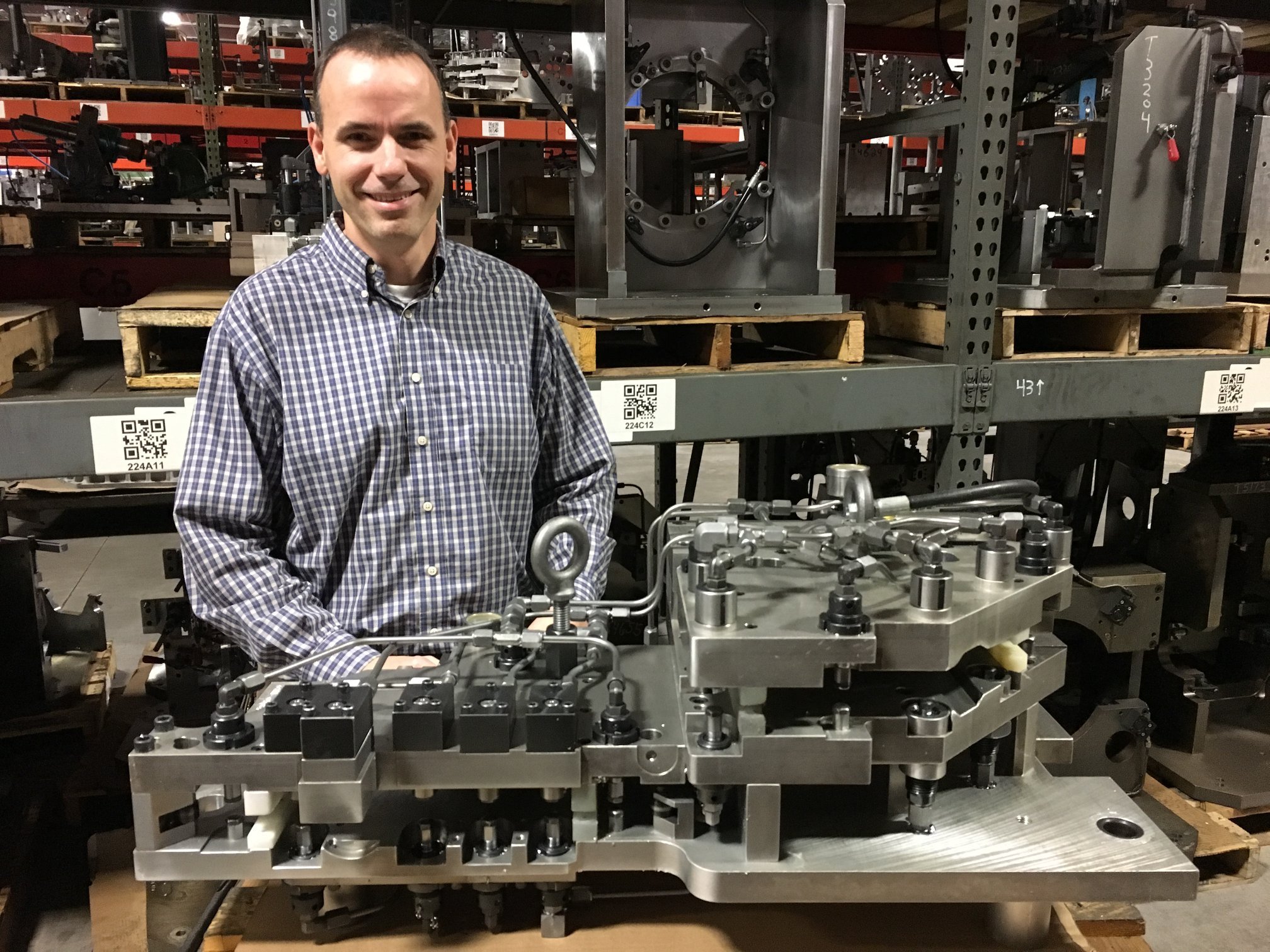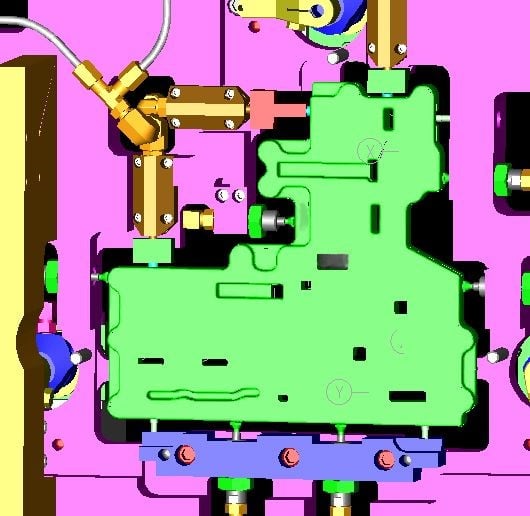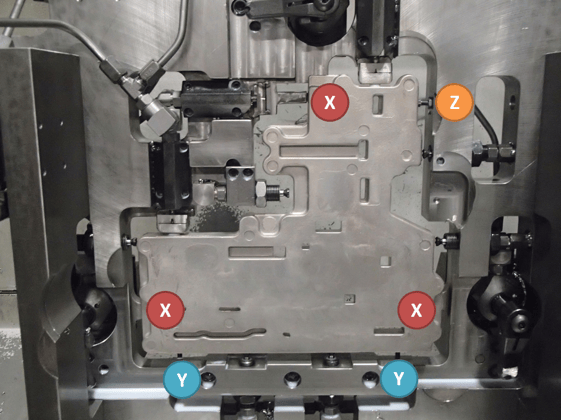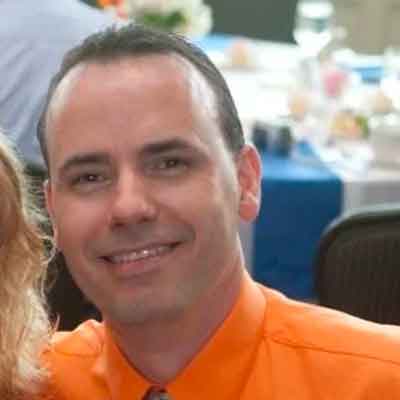Partners With Engineering On Design Tooling And Cnc Programming Issues
How Do Engineering Experts Design CNC Fixtures?

Stecker Machine designs CNC fixtures following a process developed from decades of experience incorporating a critical attention to details. Our CNC fixture engineering process goes beyond designing with CAD tools like Solidworks, ProEngineer, or AutoCAD. Great CNC fixtures require engineering, science, art, and teamwork. Fixture design always starts with the part blueprint. Engineers review the blueprint to identify where the datums are and all of the critical features. Along with the blueprint review, a manufacturing process and fixture budget are developed. Solid blueprints, manufacturing process, and budget are the most important design inputs. The sales and engineering team work together with the customer from the start to go over any issues that arise. The critical features from the blueprint drive the fixture design. Ideally the part is fixtured to allow all critical features to be machined together in a single operation. This provides the most machining control and precision. Machining features together avoids issues from design tolerances stacking up because of adding additional operations where a part is relocated. Modern fixture design is done using a three-dimensional (3D) Computer Aided Design (CAD) tool like SolidWorks. The customer's part CAD model is imported into the design tool along with the models of the CNC machine work center pallet and work area. From here, the fixture is designed to robustly hold the part inside the CNC Machine Center. Following the blueprint datum scheme is a primary consideration. Parts often use a 3-2-1 datum scheme. For example, see the part, fixture and datums pictured below. Clamps hold the part flat to stops on three X datums, and the two Y datums rest on vertical stops. These locate the part accurately for cast to machine dimensions. The one Z datum is against a stop locating the part horizontally. Work-holding stops and clamps should locate on datums or as close as possible. Some parts can't be held on the datums, and some parts may include special clamping features like tabs. Past designs are often a starting point for new projects. Stecker Machine has designed and built thousands of fixtures for various parts. A new design often reuses ideas from past similar projects. The greater the experience, the more likely a similar problem has been solved. Starting from a known working design is often faster and more successful than starting from scratch or reinventing the wheel. Another step is to standardize and re-use known working components. Using standard components speeds up designs by not having to search various catalogs for components. Commonality also means we have them in stock, ready to use, with no need to spend time purchasing them or waiting on delivery. Floor experience inspires robust fixture design. CNC fixtures are used in production to manufacture parts repeatedly. CNC Operators work with the fixture in stages: setup, run, and teardown. Using fixtures to machine thousands of parts teaches an appreciation for designs that offer efficient and error proof part loading. Engineers with production expertise know designs aren't fully proven out in CAD, but the true test comes at the end of a long week of running hundreds of parts. Experience has taught us the importance of being able to see and check that the part is against the work stops. Similarly, experience shows how proper chip evacuation and fixture maintenance make a difference. The engineer with production experience optimizes the design from his or her perspective which not only includes cost, strength, and aesthetics but also efficiency, ergonomics and ease of use. Engineering is about being thorough. Proper engineering design doesn't rely on luck. Engineers are meticulous and scour over the details, reviewing every aspect to make sure a design will work. We double check our designs using a fixture design checklist. The fixture checklist is a tool to ensure designs capture all details consistently. The checklist covers all details including items even experienced engineers would consider obvious (e.g. verify each clamp is directly over a work stop.) The review checklist is a great tool for new engineers who may review it often throughout the design process. It even helps expert designers slow down to double check a fast-moving project. Here are some example topics on our fixture checklist. Another important point is to review the fixture items and parts in motion. Designers need to consider all of the factors for each operation. As you can see, motion adds a degree of complexity. Our engineering group spends time reviewing the fixture design with the build team. Everyone involved gets on the same page with how the components will be manufactured and assembled. The fixture build team will help iron out details from their perspective: machining components, mechanical and hydraulic assembly and test. An upfront review gives us a chance to present the design and catch any potential manufacturing issues. The goal is to make building the fixture as smooth as possible. After assembly and functional testing, the fixture is released to production. Engineers are available to support the operators in case any design issues arise. Using a thorough design process, results in fewer production issues. Another key to a smooth launch is sharing as much information with the floor as possible. Teaching the production team upfront helps them understand the design and purpose. Fixture design is fun and rewarding! Engineers are problem solvers who are driven to find solutions. Designing a CNC Machining fixture can be a very challenging problem; some parts are difficult to hold and process. Stecker Machine's engineering team prides itself on providing solutions for complex CNC manufacturing problems. When fixture and project come together, it's rewarding to see the finished product. It's great being part of a team that solves problems and machines customer parts precisely to the blueprint. On top of solving manufacturing problems, being part of the engineering team is rewarding. Our team has grown together through decades of experience, working through problems, sharing ideas and expertise. Stecker Machine is ready to solve your manufacturing challenges. Put us to the test to experience how we take on new work from sales to production manufacturing. Contact Jason Schuh, our Sales and Engineering Manager, to start your project today. High Level Fixture Design Process
 CNC Fixtures are designed using a CAD tool incorporating the customer part and component 3D models.
CNC Fixtures are designed using a CAD tool incorporating the customer part and component 3D models.  Fixture stops follow the 3X + 2Y + 1Z part datum scheme. Three hydraulic swing clamps hold the part to the X stops when engaged. Hydraulic mini-cylinders or crowders hold the part against the 2Y and 1Z datums.
Fixture stops follow the 3X + 2Y + 1Z part datum scheme. Three hydraulic swing clamps hold the part to the X stops when engaged. Hydraulic mini-cylinders or crowders hold the part against the 2Y and 1Z datums. Design from Experience
Details Matter
Build and Release to Production
Rewards of a Design Well Done

Partners With Engineering On Design Tooling And Cnc Programming Issues
Source: https://www.steckermachine.com/blog/cnc-fixture-design
Posted by: buttontintles.blogspot.com


0 Response to "Partners With Engineering On Design Tooling And Cnc Programming Issues"
Post a Comment